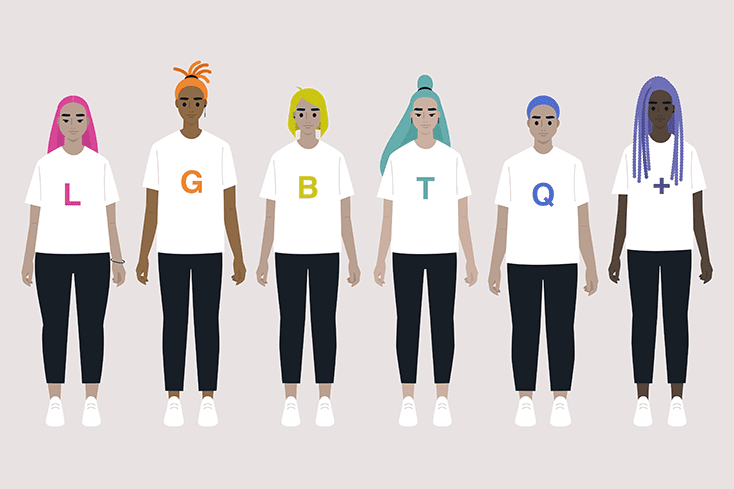
Over the last couple of years, a moral panic has arisen over how to treat children and adolescents with gender dysphoria. Many anti-trans activists have questioned, and even sought to ban medical transitioning for those under 18, reducing the issue to an intellectual debate — as if, with enough talk therapy, trans identities can be eliminated.
The reality is that this kind of discrimination has never been confined to the political sphere; the mental health profession and trans people haven’t really had a rosy relationship, and acceptance of trans identities within the profession is fairly recent. My own attempts at getting help for gender dysphoria tell a story of how difficult it was — and in some places, still is — to even talk with a therapist about gender identity issues.
My First Experience with Therapy Was Not Affirming
I was 16 years old the first time I tried to tell a therapist about my gender dysphoria. It was 1998, and I had originally gone to my therapist to sort out a recurring obsessive fear of what happens in the afterlife. Ever since my grandmother passed away when I was 12, I had relentless, spiraling anxiety about what happens to your consciousness after you die.
It got to the point where I would often wake up screaming from nightmares about my brain just blacking out for all of eternity. My parents tried everything. I spoke with my school guidance counselor about it, and I even consulted my Catholic priest, who told me, “If there’s no afterlife, then Catholics are the world’s greatest fools.” The quote will stay with me for the rest of my life.
Eventually, my death-related anxiety problem escalated to where we all agreed I needed some professional help.
After about a dozen or so appointments with a younger therapist in my small New England town, I eventually felt comfortable enough to begin talking about my gender stuff. I say “gender stuff” because, at that time, I didn’t really have words to describe what I was feeling: An intense longing to be a girl. It was something I had felt for years, but everything I ever read about it was so alienating.
First, I hit up the family encyclopedia, and eventually online forums to try to figure out what was “wrong” with me. I found scary sounding words I stumbled upon, like “transvestite” or “transsexual,” alongside unfamiliar definitions that implied I was some sort of sexual deviant. I was horrified and decided never to tell anyone.
Until I met that first rural Massachusetts therapist. “I sometimes feel comfortable wearing girl’s clothes,” I remember telling her. She tried to ask composed follow ups, but the initial twisted look that flashed across her face gave away her feelings. Eventually, she seemed to almost shoo away discussion of my gender stuff, instead of insisting that I immediately tell my parents how I felt, a step I didn’t feel ready for yet.
After a few more appointments, my therapist mysteriously stopped scheduling appointments for me. I tentatively told my mom, and even showed her some of the clothes I had stashed away in the back of my closet. But a few weeks later, I freaked out about it and told her it was just a phase and to please forget about it. The afterlife panics returned every couple of years, to the frustration of my loved ones.
The Pain of Gender Dysphoria Continued into Adulthood
The second time I told a therapist about my gender dysphoria was when I was an adult. I had a panic attack on the way to work which I mistook for a heart attack. Instead of driving to work, I went to the local ER, which sent me to a walk-in psychiatric clinic across the street after determining that I did not, in fact, have a heart attack.
The pattern was familiar. A few weeks into regular appointments with a therapist there, I tried bringing up my gender stuff again. My therapist at the time was a lesbian, but I could tell my gender stuff was an uncomfortable topic for her. She always tried to steer the conversation away from it.
I left the practice frustrated and even more determined to never leave the closet. The afterlife panics only grew in frequency and intensity after that. I would say that I was never suicidal — in fact, part of my phobia was an intense fear of blinking out of existence for eternity — but death was nevertheless frequently on my mind. It was not healthy.
In the summer of 2015, I finally broke and attempted suicide. Only a seemingly random but well-timed phone call from my mom saved me from that fate. It was at that point that I knew that I had to get help with my gender stuff. I searched for a long time for a therapist I could actually talk to about my gender stuff, having already figured out that I was experiencing gender dysphoria.
Compassionate Care Made the Difference
In the first minute of my first appointment, I blurted out that I was transgender. It was the first time I had ever used that word out loud to describe myself to another person. She smiled and said, “Okay, I can help you.” I almost collapsed from the relief.
It would take another nine months or so before I could access Hormone Replacement Therapy and begin the process of coming out, which wrecked my marriage and totally upended my family’s life. But funnily enough, the death-related anxiety also disappeared at that point.
I know now that the two were related, and part of my obsessive thought process was worrying that if I died, my male form would be attached to my soul for eternity. Transitioning fixed that anxiety for me. At first, I thought it may have grown from my Catholic upbringing, but I’ve since heard from a bunch of other trans people that this fear of being bound to the wrong body is common for closeted trans people.
It’s easy to sit around and declare that children don’t know themselves, and that you have to lead children to where you want them to go, but that’s not really true. Trans kids will opt out and continue hiding once they catch a whiff of hostility from their parents or mental health professionals — as I did. Instead, we need to be listening to trans kids and allow them the space and respect to determine the path that will get them help.
Katelyn Burns is a freelance journalist and columnist at MSNBC. She was formerly a politics reporter at Vox and was the first openly trans Capitol Hill reporter in US history. She also hosts the podcast “Cancel Me, Daddy.”

